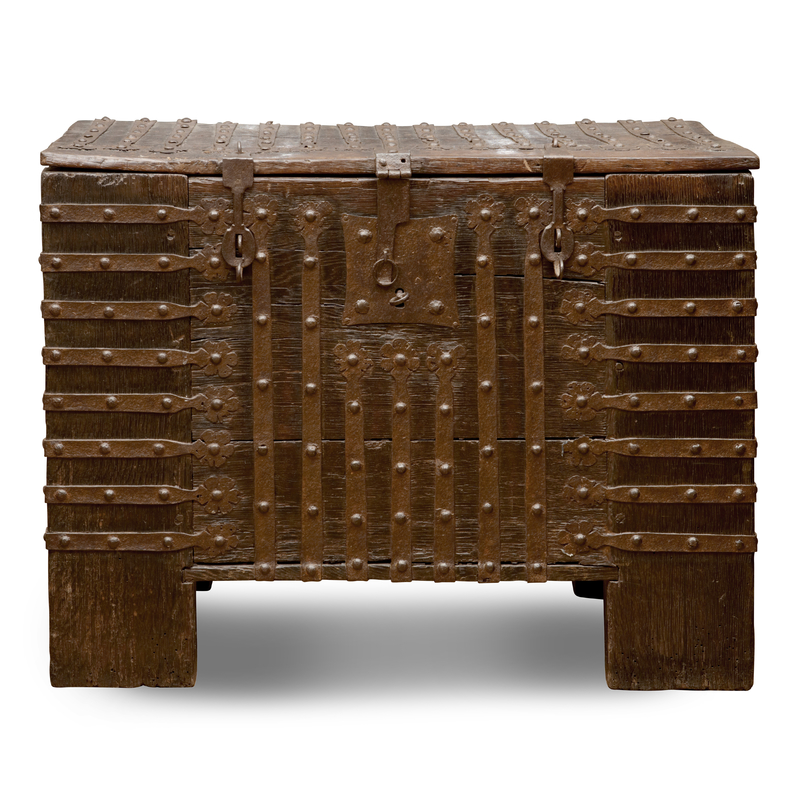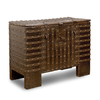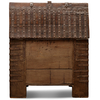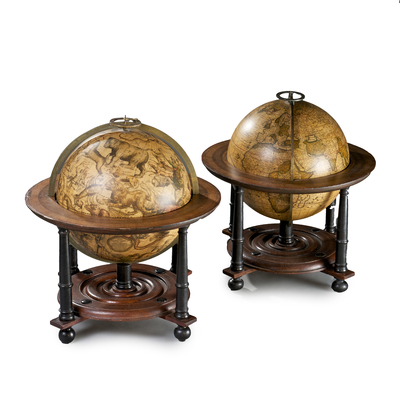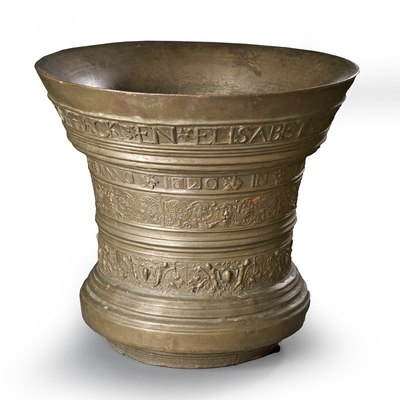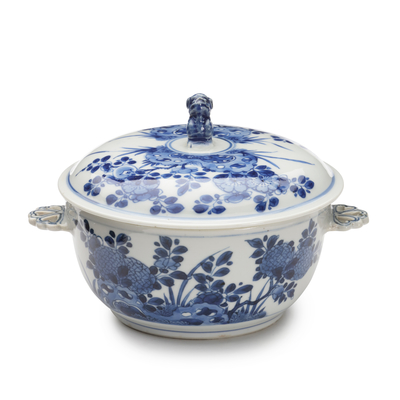Chest 'stollentruhe'
Global shipping available
- Origin
- Westphalia, Germany
- Period
- Second half 15th century
- Material
- Oak, iron
- Height
- 84 cm
- Width
- 50 cm
- Depth
- 106 cm
- Literature
S. Baumeier, Beschlagene Kisten - Die ältesten Truhen Westfalens, Augsburg 2012, pp. 46 - 53, fig. 46, 58, 59.
Questions about this object?
Please use one of the contact options below:
Description
This oak 'stollentruhe' is mounted with a multitude of iron straps. On the front there is a square lock plate with an external hasp, and next to it two rings with hinged clasps. The Westphalian chest is a typical stollentruhe: a chest on high legs, made of large oak planks and mounted with iron bands with studs, which are both decorative and functional. The legs consist of four vertical planks, which serve as lateral closures to the front and back walls and form the supporting structure of the chest. These characteristic high legs protected the contents of the chest from damp and dirty ground and could easily be sawn off in case of rot. The chests had a large storage capacity and the ironwork made them a decorative part of the household in the late Middle Ages and Renaissance. They were used to store valuable goods, clothes, books, weapons, but also food, textiles and more. In addition, the stollentruhes could be found in public buildings, churches, monasteries and castles.
Running along the front of the chest are seven bands, the sides are fitted with eight bands and the lid has fifteen bands. The iron bands end in a small rosette with a nail in the middle. The rosette is a popular medieval decorative element, which changed shape in the course of time. Early rosettes usually have a five-blade rose, with the band forming the sixth blade; in the early 16th century, the six-blade rosette developed, with a narrow joint extending into the band. This stollentruhe has a small five-leaf rosette, with the band forming the sixth leaf; this indicates a fifteenth-century origin.
